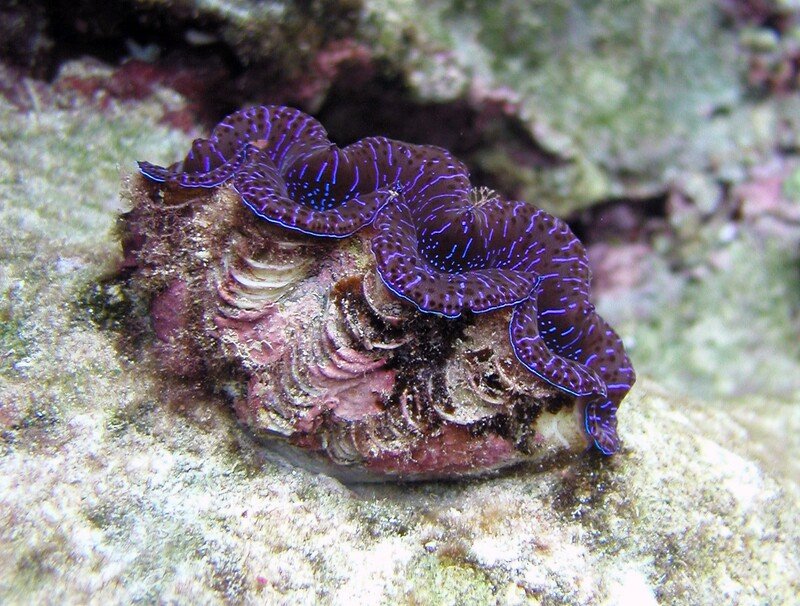The giant clam, known for its vibrant, cape-like mantle and enormous size, faces imminent extinction, with its population decreasing by over 80% in the past century. This alarming finding, led by Ruiqi Li at the University of Colorado Boulder, has prompted the International Union for Conservation of Nature (IUCN) to elevate its conservation status from “vulnerable” to “critically endangered.” The assessment highlights the threats of overfishing and climate change, which endanger not only the giant clams but also the ecosystems they support.
The giant clam (Tridacna gigas), the largest marine bivalve mollusk, can reach up to 4.5 feet in length and weigh more than 700 pounds. These clams thrive in the shallow waters of the tropical Indo-Pacific region. They form a symbiotic relationship with algae, which helps nourish them, but climate change leads to the expulsion of these algae, resulting in starvation.
The IUCN’s update comes during the 2024 UN Biodiversity Conference, where global leaders are addressing biodiversity loss. The last assessment of T. gigas was in 1996, and the new findings show that its population has declined by 84%, with local extinctions reported in regions like Taiwan. Other giant clam species have also seen their conservation statuses revised.
Li emphasizes the need for increased attention to marine invertebrates, which comprise over 95% of global biodiversity yet remain under-researched. The National Oceanic and Atmospheric Administration (NOAA) is considering listing several giant clam species under the Endangered Species Act, which would provide them with legal protections against harvesting and trade. Li hopes to inspire more biologists to engage in conservation efforts and research.
